Cardano (also known as ADA coin) is a cryptocurrency that’s storming the market with a market capitalization consistently in the top 10 of the world’s largest cryptocurrencies, alongside Bitcoin, Ethereum, Ripple, etc. So, what is Cardano? What is ADA coin? Should you invest in ADA? Review its advantages and disadvantages… To answer these questions, in today’s article, let’s join invest286.com to explore all the information you need to know about the ADA cryptocurrency as well as assess its growth potential in the future.
Contents
- 1 What is Cardano- ADA coin? Review potential A-Z 2025
What is Cardano- ADA coin? Review potential A-Z 2025
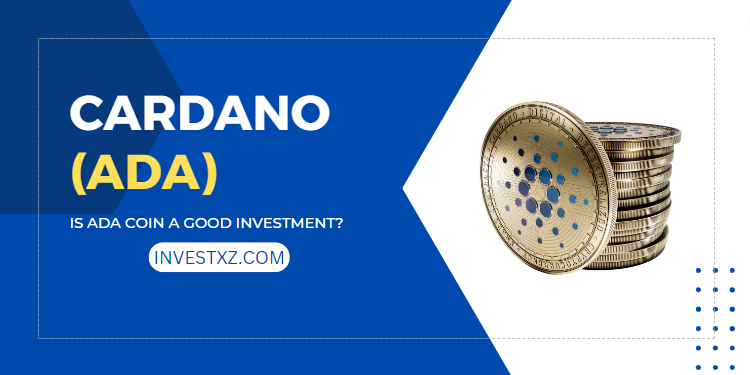
Cardano is a technology platform capable of running the financial applications currently used daily by individuals, organizations, and governments around the world. Cardano was developed by Charles Hoskinson – one of the founding members of the Ethereum team. Cardano began its ICO in 2016, took a year to develop, and was first listed on the Bittrex exchange in October 2017.
If Bitcoin is considered the first generation of blockchain and Ethereum as the second, then Cardano represents the third generation. Ethereum leads the technology in the second-generation blockchain era; however, it’s still quite rudimentary. Currently, Ethereum has to rely on a governance system to upgrade and expand. As a third-generation blockchain project like Cardano, developers can identify the weaknesses and challenges of preceding projects in order to build a better network.
A notable feature of Cardano is that it is the first project to utilize the Proof-of-Stake algorithm, while Bitcoin and most other coins use the Proof-of-Work algorithm.
Who is the Cardano (ADA) development team?
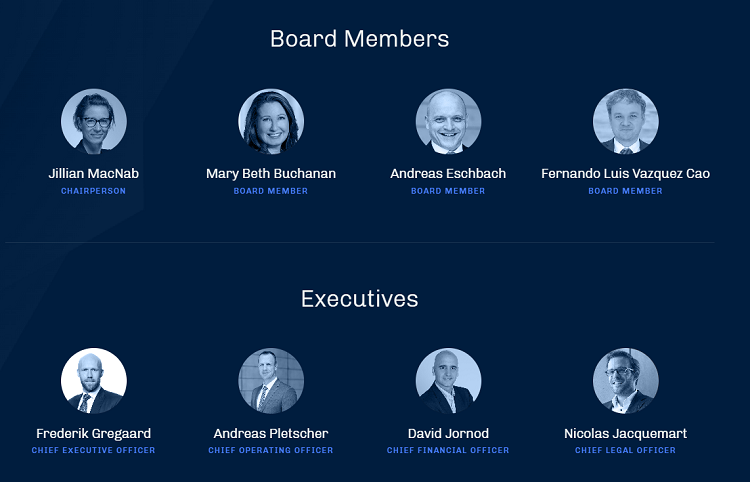
Cardano has been developed since 2014 by three organizations: IOHK, Emurgo, and the Cardano Foundation. The founder of the project is Charles Hoskinson from the blockchain research and development company based in Hong Kong – IOHK. He is also a co-founder of Ethereum.
Cardano is a project with a clear division of responsibilities to avoid overlap and conflict of interest. It includes a combination of three developing bodies:
-
The Cardano Foundation – based in Switzerland, it is an independent body designed to support Cardano users with all legal and commercial issues.
-
IOHK – a leader in cryptocurrency research and development, this group is responsible for developing the platform until 2020.
-
Emurgo – This entity invests in emerging startups and helps build commercial solutions based on the Cardano blockchain.
How does the Cardano blockchain work?
The Cardano blockchain operates using a unique two-layered architecture, designed to enhance its functionality and scalability. This architecture consists of:
- Cardano Settlement Layer (CSL): The CSL acts as the balance ledger and is the first layer of the platform. It is where ADA, Cardano’s cryptocurrency, is transferred and recorded. The CSL uses a Proof of Stake (PoS) consensus mechanism called Ouroboros to validate transactions. Ouroboros is an innovation in blockchain technology that is designed to be secure and uses significantly less energy than Proof of Work (PoW) protocols, like the one used by Bitcoin.
- Cardano Computation Layer (CCL): The CCL is the second layer that processes smart contracts. It’s a set of protocols that run smart contracts, verify their execution, and allow developers to create dApps. The CCL layer is designed to be flexible and is programmed to adapt to the changing needs and laws of societies.
Together, these layers work in tandem to ensure that Cardano can handle a variety of cryptocurrency transactions and smart contract operations in a scalable and secure manner. The separation of the two layers allows for easier soft forks and upgrades to the system as the computation layer can be altered without affecting the settlement layer.The core of the Cardano protocol, Ouroboros, involves validators staking their ADA tokens to participate in the network. Validators are chosen randomly with a probability proportional to their stake to generate new blocks and verify transactions. This process secures the network, facilitates the creation of new blocks, and directly rewards holders who are participating in the network.
In addition to its two-layered structure, Cardano is also pursuing interoperability with traditional financial ecosystems and aims to provide banking services to the unbanked, leveraging the power of blockchain. It’s a platform that not only facilitates digital transactions but also serves as a foundation for building financial applications that can work across different blockchains and with the existing financial infrastructure.
What is Main Features of Cardano (ADA)
Cardano has been developed to overcome the long-standing shortcomings of Bitcoin and Ethereum, which include:
- Scalability: The capacity for expansion
- Interoperability: The ability to interoperate with other systems
- Sustainability: The enduring nature of the technology
- Data Scaling: The processing of small data and transactions
Scalability
For Cardano, scalability encompasses three elements:
Transaction Per Second (TPS): Cardano employs the Ouroboros consensus algorithm, which is part of the Proof of Stake family. Network: To enhance the network’s bandwidth, Cardano uses Recursive Inter-Network Architecture (RINA) technology to partition the network into numerous subnetworks, which can interact with each other when necessary. Data Scaling: To reduce the data size of each transaction, Cardano is focusing on two solutions: Subscriptions (partitioning) and Sidechains.
Interoperability
Currently, there are many blockchain platforms, but these blockchains cannot communicate or interact with each other. According to its roadmap, after the Goguen phase, Cardano aims to offer a solution for interoperability between different blockchains.
Sustainability
The sustainability of a blockchain project is crucial. The challenge lies in how to balance the interests of miners/nodes and the project’s developing organization, so that the project can operate stably over the long term.
Data Scaling
As blockchain technology is increasingly applied, it will permanently store everything and is immutable. An abundance of small, scattered data can cause the blockchain to become increasingly cumbersome as more users utilize it. Therefore, Cardano develops and optimizes data using their technology, enhancing scalability as well as processing large data within the blockchain, and enabling faster small transactions.
Moreover, with its two-layered independent structure, the platform ensures adequate security and system operational speed.
In addition, Cardano is a pioneer in using the PoS algorithm, which reduces energy consumption and achieves rapid consensus processes.
Cardano – ADA development roadmap
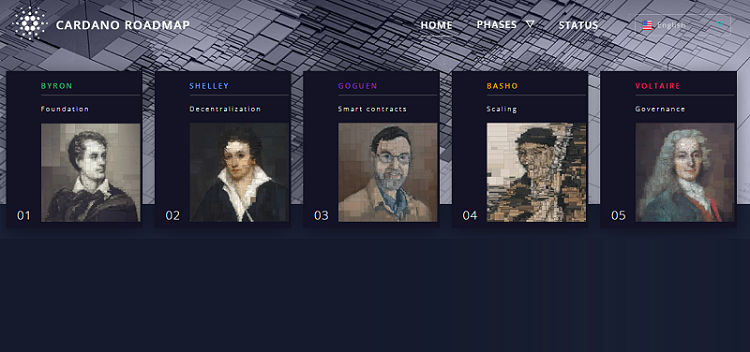
The development of Cardano is structured around a series of phases, each named after an influential historical figure, that are part of its roadmap. The roadmap represents a series of updates that work towards improving the scalability, interoperability, and sustainability of the Cardano network. While the exact details can evolve over time, here’s an outline based on the information available up to my last update:
- Byron: The foundation of the project where the initial version of the Cardano blockchain was launched, allowing users to buy and sell the ADA cryptocurrency.
- Shelley: This phase aimed to make Cardano’s network fully decentralized. Shelley introduced the Ouroboros Praos proof-of-stake protocol, allowing users to stake their ADA and participate in the network consensus.
- Goguen: This era added the ability to build decentralized applications (dApps) on Cardano’s blockchain by introducing smart contracts. It allowed developers to create their own native tokens as well, similar to the ERC-20 tokens of Ethereum.
- Basho: Focused on optimization, scalability, and interoperability, the Basho phase is designed to improve the underlying performance of the Cardano network to better support growth and application development. This includes the introduction of sidechains and other scalability solutions.
- Voltaire: The final phase aims to introduce a self-sustaining system by adding the ability for network participants to present improvement proposals and vote on them. This brings in the treasury system and governance, making Cardano a truly community-driven project.
It’s important to note that these phases may overlap and are not necessarily sequential. Work on one phase might start before the previous phase is completed. Also, within each era, there are expected to be multiple updates or iterations as the Cardano community continues to develop and deploy new features and improvements. For the latest and most accurate information, one would need to refer to the official Cardano roadmap, which is likely to be available on their website or through their official community channels.
Basic Information about ADA Coin
ADA is the official cryptocurrency of the Cardano Blockchain network, which was released to the market at the end of 2017. ADA was built on the foundation of Cardano from the very beginning, with the smallest unit being the lovelace (1 ADA = 1,000,000 lovelace).
ADA coin real time price:
Cardano (ADA)
Token Metric
- Token Name: ADA Token.
- Ticker: ADA.
- Blockchain: Cardano blockchain.
- Smart contract: N/A
- Token type: Platform, Governance.
- Total Supply: 45,000,000,000 ADA.
- Circulating Supply: 32,066,390,668(71.25%) ADA.
Token Allocation
- ADA Team, Investors: 11.22%
- ICO: 58.16%
- Staking rewards: 30.61%
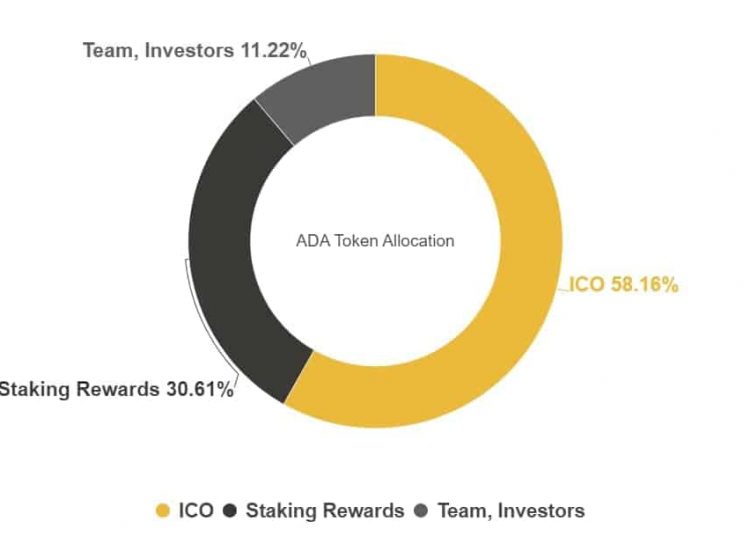
ADA Token Sale
Pre-sale of ADA coins began in September 2015 and concluded in January 2017, with nearly 26 billion ADA sold over 5 rounds, raising a total of approximately 63 million dollars. Among these:
- 94.45% were purchased by Japanese investors.
- 2.56% were purchased by South Korean investors.
- 2.39% were purchased by Chinese investors…
Is Cardano – ADA a good investment?
There may be mixed information regarding Cardano coin, but we find that ADA coin is a good investment because:
- It currently stands in the top 10 by market capitalization, according to the report from CoinMarketCap.
- Cardano (ADA) has a strong team, and
- The total supply is limited, which also somewhat mitigates the risk of inflation of ADA Coin.
- Cardano has many technical and technological advantages for strong development in the future.
- Cardano (ADA) has many applications in the real world and has been accepted by some countries.
- Cardano (ADA) began deploying smart contracts in 2021, so it can compete with many other platform coins.
- The successful Cardano Vasil Hard Fork in September 2022 marked a significant turning point for Cardano, helping the blockchain platform to address scalability issues, improve transaction efficiency, enhance smart contract capabilities, and better the user experience.
However, despite many advantages, Cardano still faces some challenges. Cardano has been on the market since 2017, but its roadmap seems quite slow. Meanwhile, several newer platform blockchains have surpassed it in terms of adoption, with two notable names being Solana and Avalanche. This means that while Cardano is still operational and developing, there is a risk of losing market share to competitors. This is something you need to know before investing in ADA.
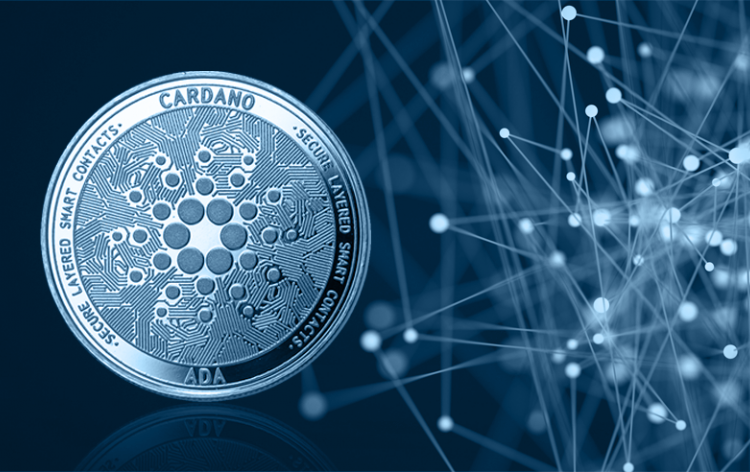
Wallet to store ADA coin
To store ADA, which is the native cryptocurrency of the Cardano blockchain, you can choose from a variety of wallets that offer different features and levels of security. Here are some options:
1. Full Node Wallets:
Daedalus Wallet: This is a full node desktop wallet, meaning it downloads the entire Cardano blockchain. It is developed by IOHK, the organization behind Cardano. Daedalus provides a high level of security but requires more storage space and synchronization time.
2. Light Wallets:
- Yoroi Wallet: Developed by EMURGO, it is a light wallet that allows you to interact with the Cardano blockchain quickly and securely without needing to download the entire blockchain. It is available as a browser extension and a mobile app.
- Adalite: A simple and easy-to-use web wallet that allows you to access your ADA with minimal effort. It is known for its simplicity and is suitable for quick transactions.
3. Hardware Wallets (Cold Storage):
- Ledger Nano S/X: Both of these hardware wallets support ADA. They store your private keys offline, offering enhanced security for holding cryptocurrencies.
- Trezor Model T: Another secure hardware wallet that supports multiple cryptocurrencies including ADA.
4. Exchange Wallets:
- Binance: If you trade ADA frequently, you might leave it on an exchange like Binance. However, this is considered less secure than other options because you do not control the private keys.
- Coinbase Wallet: A user-controlled wallet that allows you to store ADA securely.
5. Mobile Wallets:
- Atomic Wallet: A multi-currency wallet that provides a balance of accessibility and security for your ADA and other cryptocurrencies.
- Guarda Wallet: A versatile wallet that supports ADA and many other cryptocurrencies, available on desktop and mobile.
♦ Third-Generation Blockchain: Cardano positions itself as a third-generation blockchain, following Bitcoin and Ethereum, aiming to solve issues such as scalability, interoperability, and sustainability.
♦ Smart Contracts and dApps: Cardano supports smart contracts, enabling the development of decentralized applications (dApps).
♦ Peer-Reviewed Research: Cardano prides itself on its foundation in academic research, with its protocols being developed through a peer-reviewed process. This rigorous approach aims to ensure the robustness and long-term viability of the network.
♦ Native Token – ADA: ADA is the native cryptocurrency of the Cardano network. It is used for transactions, smart contracts, and governance, allowing holders to participate in the operation of the network.
♦ Strong Community and Backing: Cardano has a strong community and is backed by three main organizations: IOHK (Input Output Hong Kong), which is responsible for Cardano’s development; the Cardano Foundation, which promotes the platform and works on the regulatory side; and EMURGO, which focuses on commercial ventures.
Related post:
















